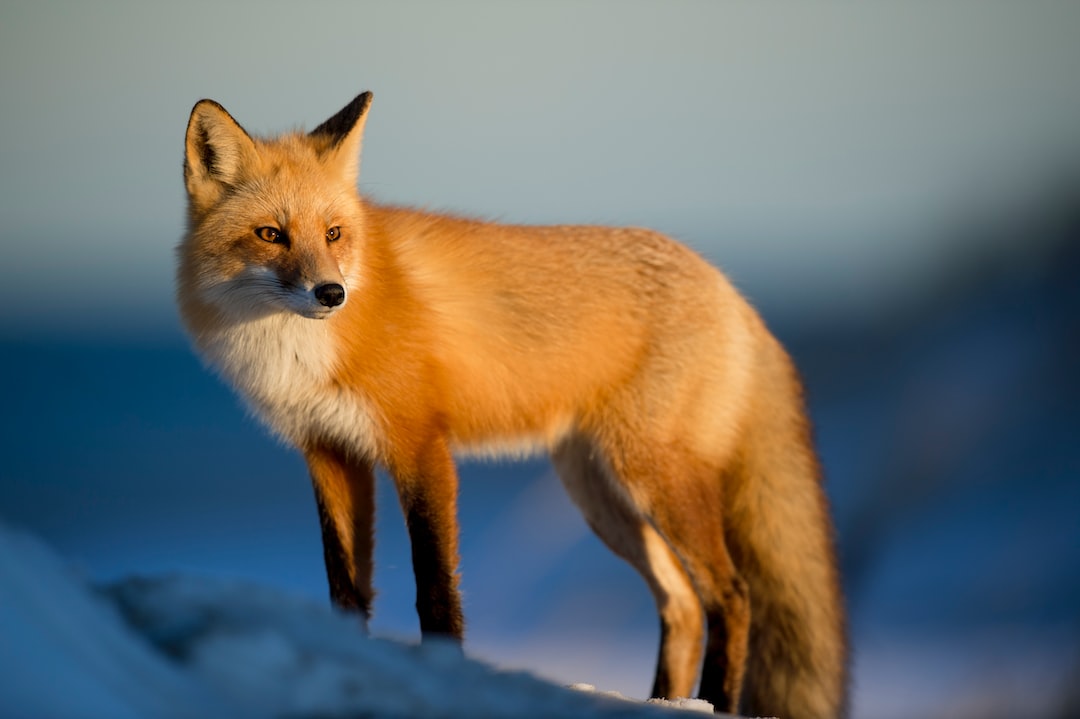Amazing Animal Adaptations: Nature’s Unique Survival Strategies
In the wild world of nature, survival is a never-ending battle. Every living creature needs to adapt to its environment in order to ensure its own survival. Animals have evolved remarkable strategies and adaptations that enable them to thrive in diverse habitats and face unique challenges. From camouflage to mimicry, and from specialized body features to behavioral patterns, these amazing animal adaptations demonstrate the ingenuity and resilience of the natural world.
One fascinating adaptation in the animal kingdom is camouflage. Countless species have developed remarkable abilities to blend seamlessly into their surroundings, making it easier to evade predators or ambush prey. Consider the chameleon, a master of disguise that can change its skin color to match its surroundings within seconds. This incredible adaptation allows the chameleon to remain inconspicuous and avoid detection by predators and prey alike. Similarly, the walking stick insect, with its elongated and twig-like body, perfectly mimics the appearance of a tree branch, making it almost invisible to would-be predators.
Another astounding adaptation is the ability of some animals to mimic other organisms, fooling prey or predators into thinking they are someone else entirely. The harmless Viceroy butterfly, for instance, mimics the appearance of the poisonous Monarch butterfly, effectively protecting itself from potential predators. This clever tactic demonstrates the power of deception and reveals nature’s intricate web of strategies for survival.
Animal adaptations are not limited to physical features alone; behavioral adaptations are equally important for survival. Take the emperor penguins, for example. In harsh, freezing conditions of Antarctica, they huddle together in tightly-packed groups to conserve heat and shield themselves from the brutal cold winds. This behavior ensures their survival during the long, harsh winter months, and it exemplifies the power of cooperation and social adaptation.
Specialized body features also play a crucial role in animal survival. The giraffe’s long neck, for instance, is an adaptation that enables it to feed on leaves high up in the treetops, where other herbivores cannot reach. Similarly, the elephant’s trunk, with its dexterity and strength, allows it to gather food, drink water, and even communicate with others of its kind. These unique features demonstrate how animals have evolved to dominate their specific habitats and secure their place in the natural world.
In the realm of underwater life, animal adaptations are equally awe-inspiring. The anglerfish, for instance, possesses a bioluminescent lure that dangles from its head. This adaptation attracts unsuspecting prey, which the anglerfish then promptly devours. This fascinating survival strategy underscores the incredible diversity and adaptability of life in the oceans.
Animal adaptations are not limited to physical survival alone; reproduction is also a critical factor. The fascinating courtship rituals and mating displays observed in various species highlight the extraordinary lengths animals will go to ensure their genetic legacy. The peacock’s flamboyant and colorful feathers, for example, are not only visually stunning but also serve an important purpose in attracting a mate. By displaying its magnificent plumage, the male peacock can assert its fitness and genetic superiority, striving to secure its position in the mating hierarchy.
The astonishing animal adaptations found in nature demonstrate the resilience, intelligence, and creativity of the living world. From camouflage and mimicry to specialized body features and behavioral patterns, animals have mastered a wide range of strategies to ensure their survival. These remarkable adaptations continue to capture the imagination of scientists and nature enthusiasts alike, reminding us of the endless wonders and intricate beauty of our natural world.
Our planet is home to millions of diverse species, each with its own unique survival strategies and adaptations. By studying and appreciating these adaptations, we gain a deeper understanding of the fascinating and interconnected web of life, inspiring us to protect and preserve the incredible diversity found in nature. The next time you encounter an animal in the wild, take a moment to marvel at its adaptations and reflect on the remarkable ways in which nature ensures the survival of its most incredible creations.

